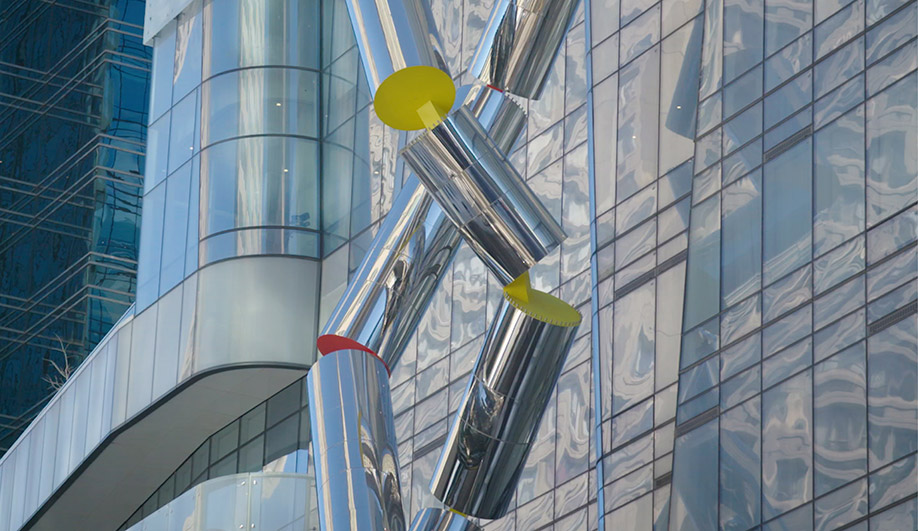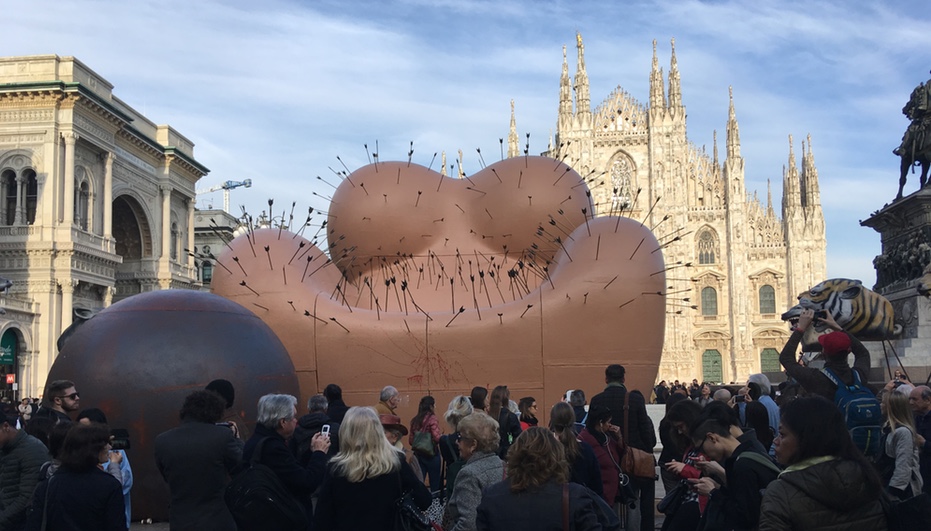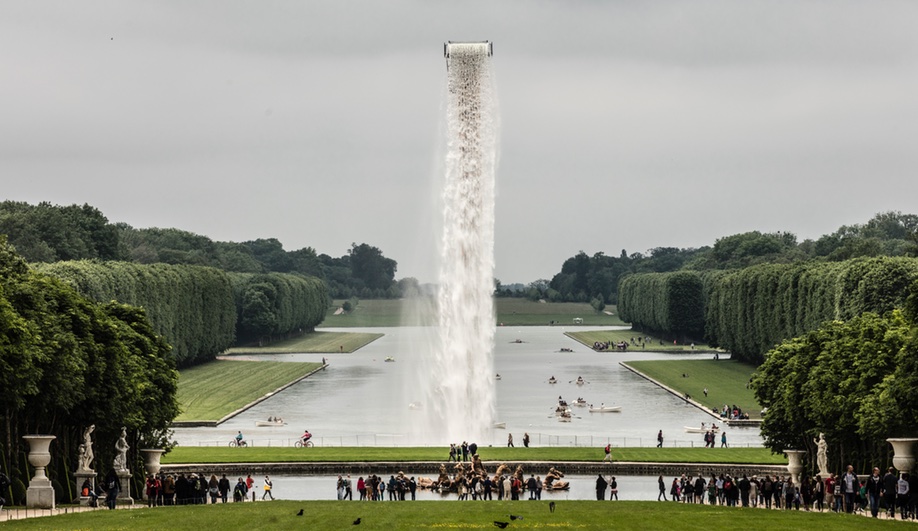
The installation is one of several that the Danish-Icelandic artist has erected in the gardens of the French landmark and inside its grand chateau as part of a summer exhibit.
Olafur Eliasson has transformed the Palace of Versailles into a series of magic tricks with spatial installations that play with water, mirrors and light.
He’s the latest in an esteemed line of contemporary artists – including Jeff Koons, Takashi Murakami and Anish Kapoor – invited by the castle to stage a one-person show that responds to the architecture and historical significance of the 17th century landmark.
“We should see that the palace and gardens are not only important for the history of France; they are also significant for the rest of the world,” Eliasson tells Azure. “The Declaration of the Rights of Man was composed there, which has played an important role in constituting our common values, even to this day.”

Eliasson’s Versailles exhibit is comprised of five indoor and three outdoor installations, the most spectacular of all nine surely being Waterfall. The feature – which imagines a sky-scraping waterfall positioned at the top of the Grand Canal, on the central axis of the palace gardens – has been widely praised since images first appeared online.
When observed from inside the château and on its terrace, water appears to be cascading from an invisible spout in the sky. From the canal’s surrounding embankments, the magic trick reveals itself; a yellow steel tower, outfitted with a pump system and hose, sends water up and over in a deluge that conceals the hardware.
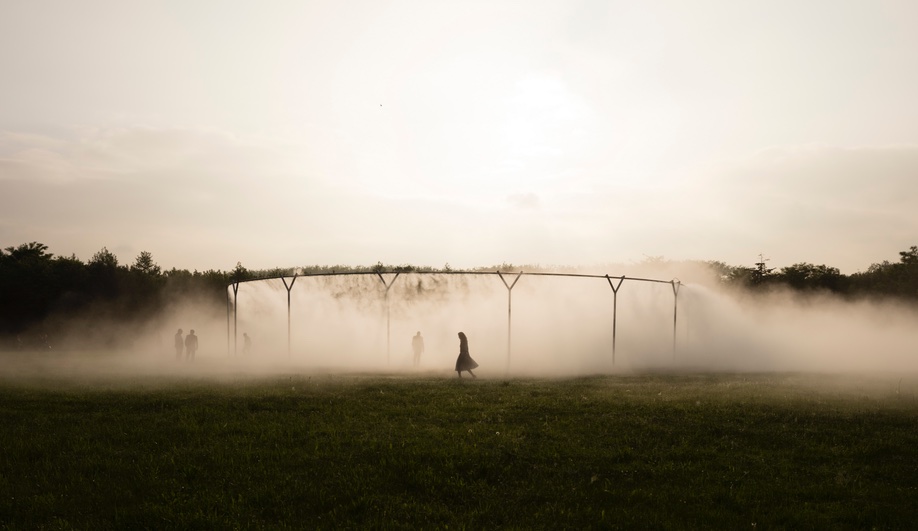
Eliasson employs water again with another installation in an outlying garden. Fog assembly cloaks visitors in a continuous fine mist, sprayed from a ring of pumps.
“I use fog and water to amplify the feelings of impermanence and transformation,” Eliasson says.
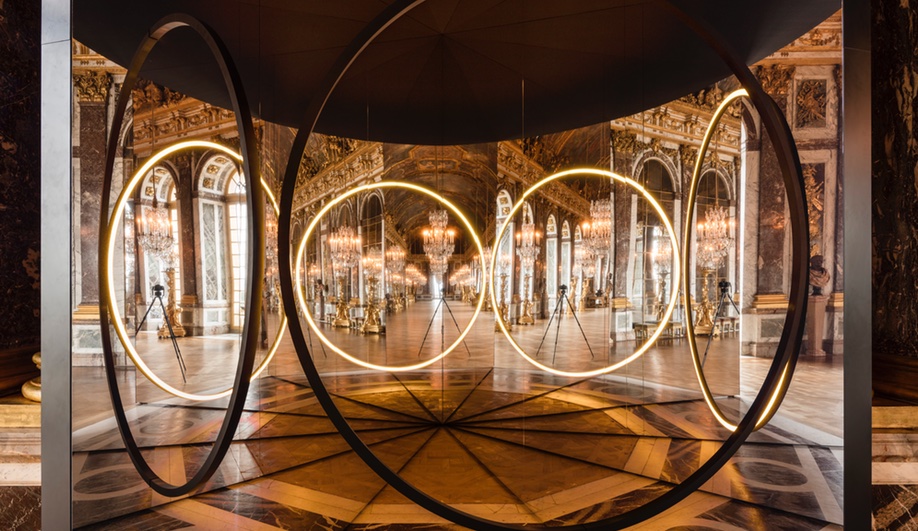
Inside the palace, the sense of transformation and illusion continues. Your sense of unity arranges a ring of LED-lit circles, accompanied by an oversized mirror on either side, inside Versailles’ Hall of Mirrors.
Visitors see endless reflections of themselves and the rings in the seemingly infinite reflective surfaces. Against the baroque backdrop of the hall, the effect is purposely dizzying.
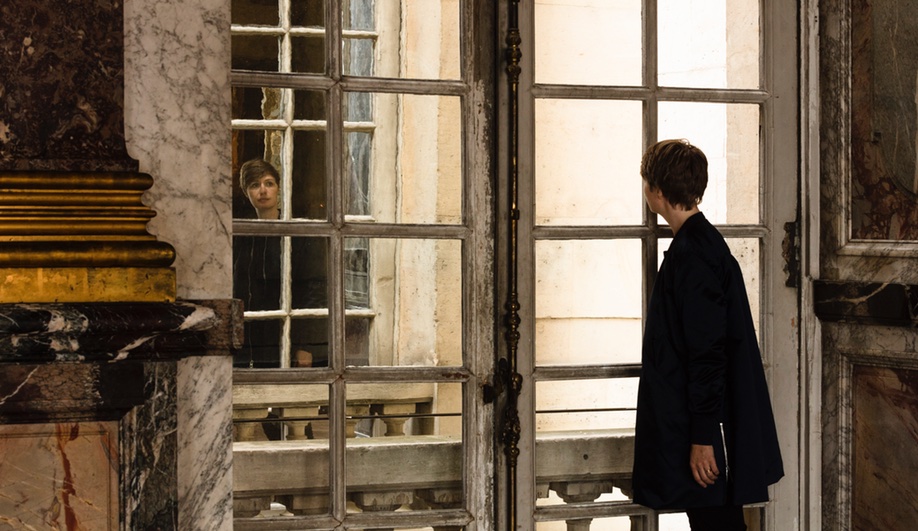
The curious museum – previously installed by Eliasson at exhibitions he staged in Vienna and Berlin, in 2015 and 2010 – places an oversized mirror, supported by scaffolding, right outside a window in the palace’s Salon d’Hercule. The reflection returned creates the illusion that the viewer is looking at themselves standing on a balcony across the way.
The themes of watching and observation are palpable throughout; Eliasson’s Versailles installations are a response to the surveillance and control that governed the design and construction of the 17th century palace.
“The Baroque architecture served to heighten visibility – the mirrors made every action visible, the garden was planned according to visual axes. This was a site that was very much about power and control. It was defined by seeing and being seen, and in the court of Louis XIV, you were constantly under surveillance,” Eliasson tells Azure.
“I hope that my intervention, on the other hand, challenges this by changing the experience most people have when visiting Versailles, making them active co-producers of experience rather than passive consumers.”
Olafur Eliasson’s Versailles runs from June 7 to October 30, 2016.

